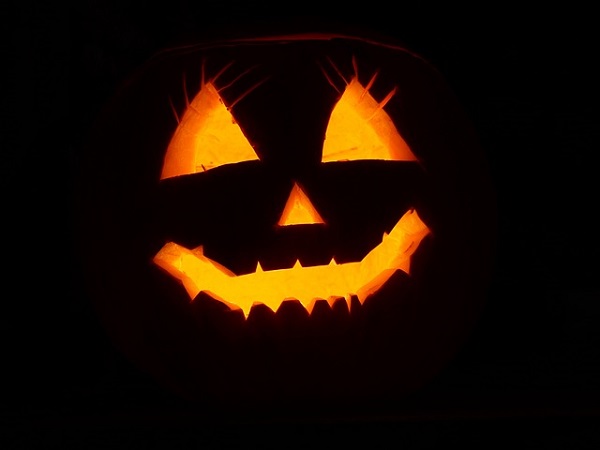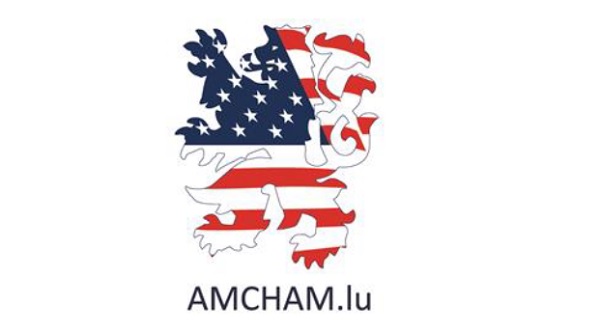 Credit: Pixabay
Credit: Pixabay
Over the centuries, Hallowe’en has developed from its origins in the Celtic festival of Samhain, which marked the passage from the light season to the dark season, into a more commercialised celebration which more closely follows the American traditions of "Trick or Treating”, elaborate decorations and the adornment of costumes which mix in elements of cinematic, literature and pop culture-based horror themes.
The Celts believed that during Samhain the boundary between the world of the living and that of the dead would shrink, allowing spirits to circulate freely on Earth. To protect themselves, they lit large fires, placed food there to appease wandering souls and wore masks and costumes to confuse evil spirits. This eventually developed into the modern tradition of wearing costumes to disguise oneself, albeit from everyday people and not from evil spirits.
The origins of “Trick or treat" are often linked to the old gesture of making food offerings to the spirits, while others believe it is based on the medieval practice of "souling" where children and the poor would go from door to door collecting food in exchange for prayers for the dead.
Pumpkin carving is believed to have evolved from a 19th-century tradition observed by the millions of Irish and Scottish people who were compelled to emigrate due to the Great Famine, mainly to the United States, taking their customs and folklore with them. Faced with a new economic and cultural context, they adapted certain Hallowe’en traditions to fit what was more commonly available to them and the once traditionally carved turnip, which served as a lantern to ward off evil spirits, was gradually replaced by the pumpkin as it was easier to source in the United States.
The use of turnips for lanterns is still observed in both Flanders (Germany) and the Alsace region (France), where, on 11 November (St Martin's Day) children parade with lanterns carved from beets and turnips. This is a custom which may have once been popular across Luxembourg but today only finds similarity in Vianden, where the "Miertchen" festival features a torchlight procession on the same date.
For those in Luxembourg wishing to embrace more ghost-oriented activities, one could go to the area around Hollerich Station where a gallows once stood and the lives of criminals, thieves and traitors were taken at the end of a rope, or venture to the Grund area, hoping to catch a glimpse of the "Stierches-Geescht" (Little Bull Ghost) - the restless spirit of a young boy who tragically drowned in the Alzette River centuries ago which legend says haunts the area around the Pont du Stierchen.
Outside the city, Hesperange Castle, located in southern Luxembourg, is said to be haunted by the White Lady; the ghost of a betrayed noblewoman who wanders the castle grounds in mourning. Elsewhere, Mersch Castle, which dates back to the 13th century, is known to have a dark history involving imprisonment and executions and is said to be haunted by the spirits of former prisoners.
For the especially brave, the small village of Lasauvage near the French border has a reputation for being one of the most haunted places in Luxembourg. Local folklore tells of ghostly apparitions, mysterious lights and eerie sounds emanating from the village’s old mines and abandoned buildings. The ghost of a miner who tragically died in an accident is said to often wander the village, warning others of impending danger.
Luxembourg folklore also tells of the Ghost Monk of Neumünster, a Benedictine spirit who tolls the bell of Neumünster Abbey (neimënster) at midnight, the Headless Soldier of the Casemates, who is said to be seen carrying a lantern through the extensive network of underground tunnels carved into the rock beneath Luxembourg City, as he supposedly searches for his lost regiment. Then there is the Wild Hunter of Wormeldange, whose ghost is said to gallop through the night on a fiery horse, scaring to death nightly wanderers and local farmers.
Alternatively, for those seeking a less spooky and more festive and modern take on Hallowe’en in the Grand Duchy, there are a number of less ghostly activities taking place.
Thursday 30 October:
⁃ The Embassy of Ireland in Luxembourg will host a small Hallowe'en "reception" at the Foyer Européen in Luxembourg-Gare on Thursday 30 October 2025 at 18:30. The event is being organised for younger members of the community (aged 5+).
Friday 31 October:
⁃ Kinepolis cinema in Luxembourg-Kirchberg will host a Hallowe’en Night, featuring four consecutive horror films from 23:00 until around 07:00. The films on show include The Strangers: Chapter 2, Him, Good Boy and Black Phone 2;
⁃ The Garage Gang will host an improv comedy show at Rocas in Luxembourg-Ville, with organisers promising an evening of spontaneous, Hallowe’en-related comedy and wacky antics performed live as they create hilarious scenes on the spot;
⁃ The Luxembourg Branch of Comhaltas Ceoltóirí Éireann will host a special Hallowe’en Céilí at Centre Culturel Cessange from 20:00 to 22:00, where “dancing witches, side-stepping zombies, swinging vampires and hopping ghouls are all welcome” and fancy dress is encouraged.








